Dry white wines have always held a special place in the hearts of wine enthusiasts. With their crisp, refreshing flavors and unique characteristics, these dry wines have the ability to elevate every occasion. This article will introduce you to 11 enticing dry white wine styles that are sure to pique your interest and expand your palate.
Originating from regions all over the world, each of these dry white wines possesses its own distinct flavors and aromas. From the light and zesty Albariño of northwest Spain, to the elegant and unoaked Chardonnay from Burgundy, France, these wines cater to every taste and preference. As we explore each of these 11 wine styles, you’ll gain a deeper understanding of the diverse range of dry white wines available and the vast selection of white wine grape varieties used in producing these delectable beverages.

Whether you’re a seasoned dry wine connoisseur or simply curious to expand your wine knowledge, gaining insight into these 11 enticing dry white wine styles will enhance your appreciation for this beloved beverage. As you discover new favorites and learn more about the characteristics of these diverse dry wines, you’ll be better equipped to select the perfect bottle for any occasion, be it a casual dinner, a celebratory gathering, or simply a quiet evening at home.
Understanding Dry White Wine Styles
These dry wine styles are diverse, offering a wide range of flavors, textures, and aromas. Dry wines are characterized by their lack of residual sugar, which contributes to their dry taste profile. In this section, we will delve into the factors that contribute to the dryness of white wines and explore some popular examples of these enticing styles.

Factors Contributing to Dryness
Several factors contribute to the dryness of a white wine, including grape variety, fermentation process, and winemaking techniques. These factors impact the wine’s overall taste, mouthfeel, and perception of dryness.
The grape variety plays a significant role in a wine’s flavor profile, as some grapes have higher natural sugar content than others resulting in sweet wine or high alcohol level wine.

Wines made from grapes with less residual sugar will typically result in a drier wine. Some popular grape varieties used in dry white wines are:
- Chardonnay
- Sauvignon Blanc
- Albariño
- Muscadet/Melon de bourgogne
- Torrontes
Fermentation is the process by which grape juice is transformed into wine. Yeast is added to the grape juice and consumes the sugar, producing alcohol in the process. For a wine to be considered dry, the yeast must consume nearly all of the sugar, leaving very little residual sugar in the finished product. Wines with higher residual sugar are generally classified as off-dry, semi-sweet, or sweet.
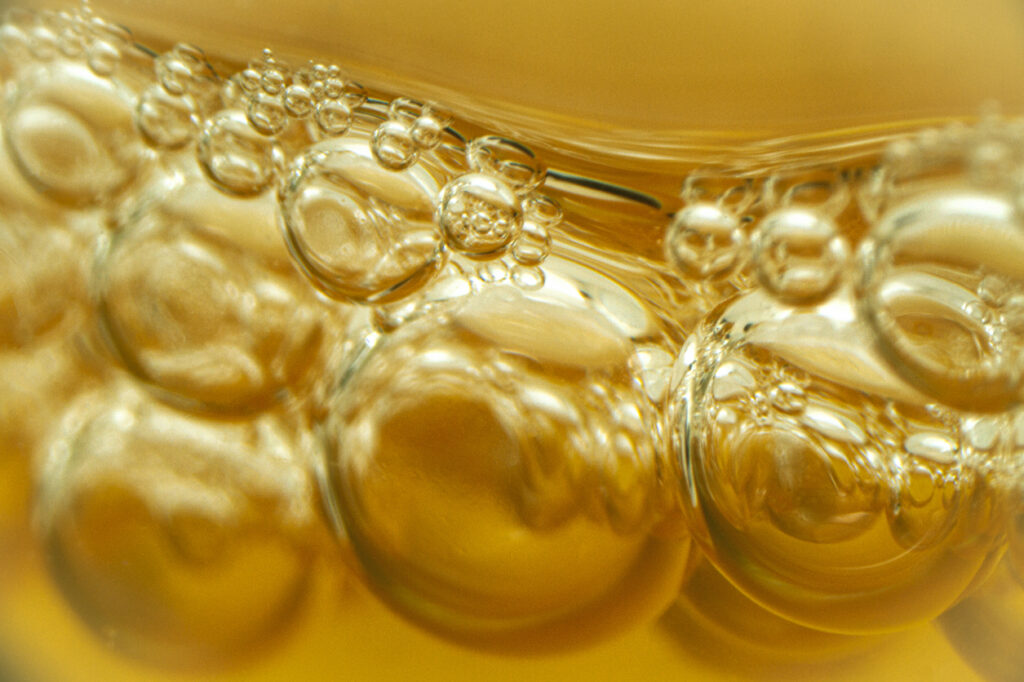
Winemaking techniques also have a considerable influence on a wine’s dryness, as certain practices can emphasize or de-emphasize the perception of sugar. Techniques such as malolactic fermentation, which converts tart malic acid into smoother lactic acid, can make a wine’s mouthfeel creamier and decrease the perception of dryness, even in wines with very little residual sugar.
To better understand the different styles of dry white wines, let’s dive into the various examples and their unique characteristics.
Popular Grape Varieties
In this section, we will explore some of the most popular grape varieties used to produce enticing dry white wines. Each type of grape adds unique characteristics and flavors to the resulting wine. Let’s take a closer look at Chardonnay, Sauv Blanc, and Pinot Grigio.
Chardonnay
Chardonnay is a versatile and widely grown white grape variety that is known for producing both bone-dry and slightly off-dry wines. Often associated with the Burgundy region in France, Chardonnay grapes are now grown in many wine-producing countries around the world, including Australia, the United States, and New Zealand.
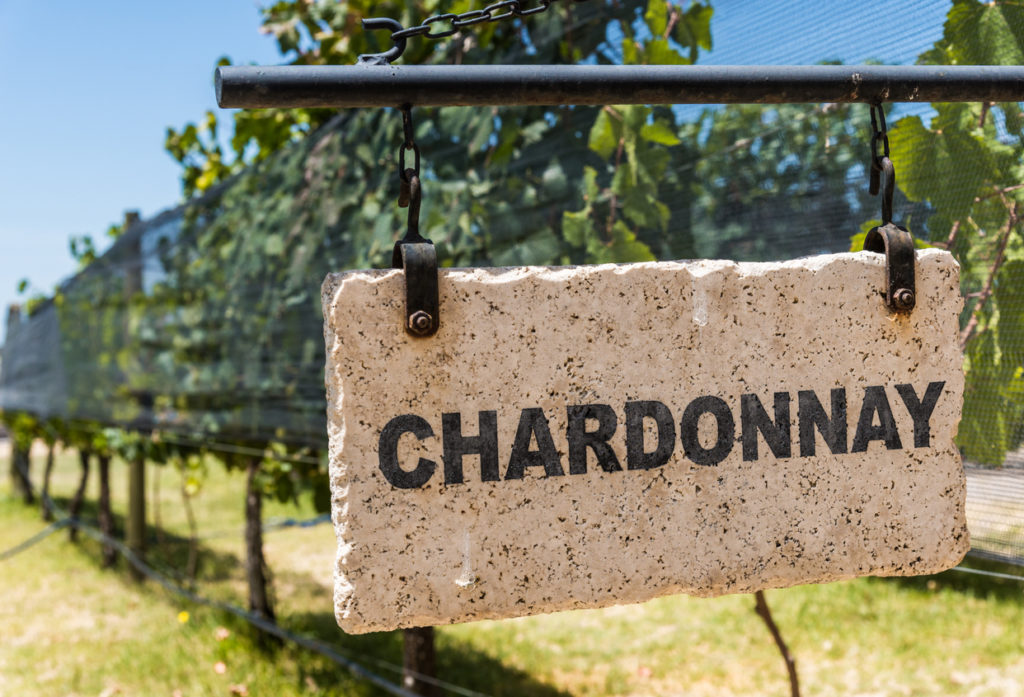
The flavor profile of Chardonnay wines can vary considerably. You can find fruity dry wine, with notes of green apple, pear, and citrus being prominent in unoaked versions. Oaked Chardonnays, on the other hand, typically exhibit richer flavors such as vanilla, butter, and toasted oak. These wines can be enjoyed on their own, or paired with a variety of dishes, including seafood and poultry.
Sauvignon Blanc
It`s another popular white grape variety, highly regarded for its refreshing and crisp dry white wines. It is believed to have originated in the Loire Valley and Bordeaux regions of France, but is now grown in various parts of the world, including New Zealand, South Africa, and the United States. Sauvignon Blanc wines often showcase vibrant acidity, making them ideal for pairing with a range of foods.
Depending on the climate and terroir where the white wine grapes are grown, Sauv Blanc can offer various flavor notes, such as green apple, gooseberry, passion fruit, and even grassy or herbal undertones. These wines are generally consumed young, as they tend to be at their freshest and most aromatic within a few years of bottling.

Sauv Blanc is used fo the production of very sweet wine, too. It`s part of the blend for the Sauternes wines which are often served as dessert wine.
Pinot Grigio
Pinot Grigio, or Pinot Gris as it is known in France, is a versatile white grape variety that is believed to have originated in the Burgundy region of France. This grape variety is now grown in various regions around the world, such as Italy, Australia, New Zealand, and the United States, where it is used to create a range of dry, crisp, and refreshing white wines.
Pinot Grigio wines can present a range of flavors, including citrus, green apple, and pear, along with subtle floral or mineral notes. This light bodied wine and pairs well with seafood, salads, and light pasta dishes. Thanks to their zesty acidity, Pinot Grigio wines can also serve as a palate cleanser between courses during a meal.

Regions Known for Dry Whites
France
France is a prominent player in the world of dry white wines, with various regions producing distinct styles. One of the most well-known wine regions in France, Burgundy, is famous for its Chardonnay. These wines often exhibit crisp flavors of green apple, pear, and citrus, with mineral notes and occasional oak influence.
Another iconic region for dry whites is the Loire Valley, where Sauv Blanc thrives in areas like Sancerre and Pouilly-Fumé. These wines are typically characterized by their high acidity, flavors of citrus fruits, and subtle grassy notes. It is a mineral but fruity wine.
Alsace is another noteworthy region, producing bone-dry Rieslings with zesty acidity and flavors of green apple and lemon as well as Gewürztraminer which is a fruity wine.

The French white wine regions are also famous for the production of dry white sparkling wines. Pinot Noir grapes are used to mae the Blanc de Noirs sparkling wines.
Italy
Italy is a diverse wine-producing country with a variety of dry white styles. In the northeastern region of Friuli Venezia Giulia, Pinot Grigio and Pinot Bianco are popular white grapes, offering refreshing acidity and flavors of citrus and green apple. The resulting wines are light bodied wines.
Liguria, located along the Italian Riviera, is recognized for its Vermentino, a dry white wine with floral notes and hints of citrus peel.
Other notable Italian regions for dry whites include Veneto, where crisp Soave wines are made primarily from Garganega grapes, and Piedmont, which offers the sophisticated, floral and citrusy Arneis.

Australia
Australia has made a name for itself in the world of wine, and this includes the realm of dry white wines. The Hunter Valley, located in New South Wales, is renowned for its Semillon, a white grape variety that produces wines with distinct flavors of citrus and green apple, accompanied by refreshing acidity and aging potential.
In South Australia, the famous Adelaide Hills region is known for producing high-quality Sauv Blanc and Chardonnay, showcasing their bright fruit flavors and crisp acidity. Meanwhile, Tasmania’s cool climate allows for the development of elegant Rieslings, offering a beautiful balance between acidity and fruitiness.
Old World vs New World Styles
When discussing dry white wine styles, it is essential to understand the difference between Old World and New World styles. Old World wines originate from traditional wine-producing regions in Europe, while New World wines come from newer wine-producing areas in countries like the United States, Australia, and South America.
Traditional Techniques
Old World wines tend to be lighter-bodied, more restrained, and lower in alcohol. They often exhibit higher acidity and showcase more minerality than their New World counterparts. These characteristics stem from the traditional winemaking techniques and the specific terroir of the regions in which they are produced. Old World wines are typically labeled by the region, such as Barolo, Sancerre, or Champagne, rather than the grape variety.
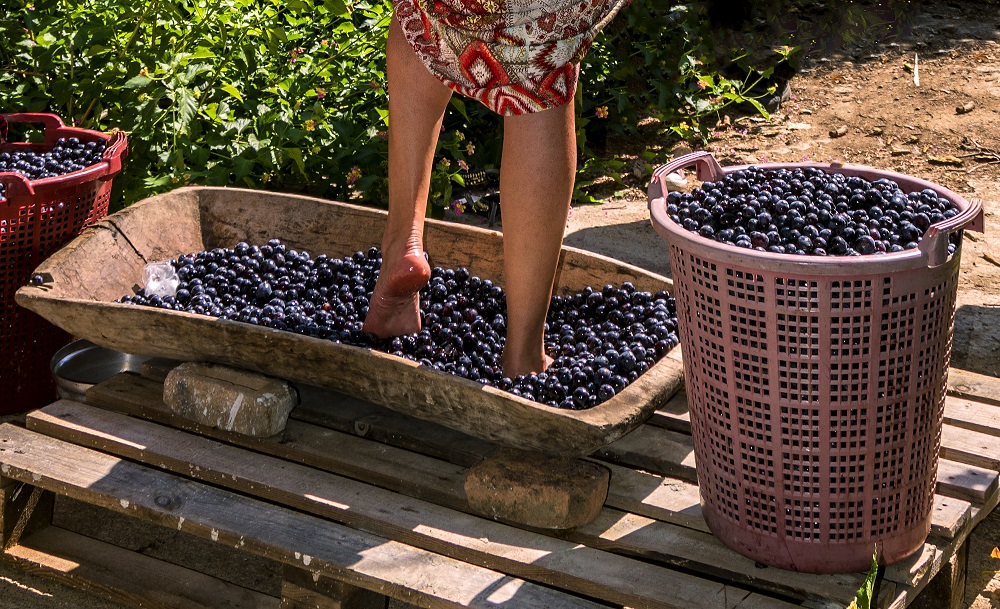
Innovation and Experimentation
New World wines tend to be fuller-bodied, with higher alcohol content, lower acidity, and pronounced fruit flavors. They are generally identified by their grape variety, as opposed to the region. New World winemakers often take a more experimental approach, incorporating innovative techniques and blending various grape varietals to create unique dry wine styles. This allows for a wider range of flavors, aromas, and textures in New World wines.
While Old World and New World dry wine styles have distinct differences, it is crucial to note that these characteristics are not set in stone. Winemakers from both worlds can borrow techniques and approaches from each other, resulting in wines that defy expectations and blur the lines between traditional categories. This cross-fertilization has led to a fascinating and diverse range of dry white wine styles for consumers to explore and enjoy.
11 Enticing Dry White Wine Styles
In this section, we explore 11 enticing dry white wine styles that will delight your taste buds and make excellent additions to your wine collection.
Muscadet
Muscadet is a light, zesty white wine originating from the Loire Valley in France. It is well known for its refreshing citrus flavors and pairs wonderfully with seafood dishes. The Muscadet grape is similar to the Melon de Bourgogne Grape. This grape originates from Burgundy but has almost disappeared from this region.
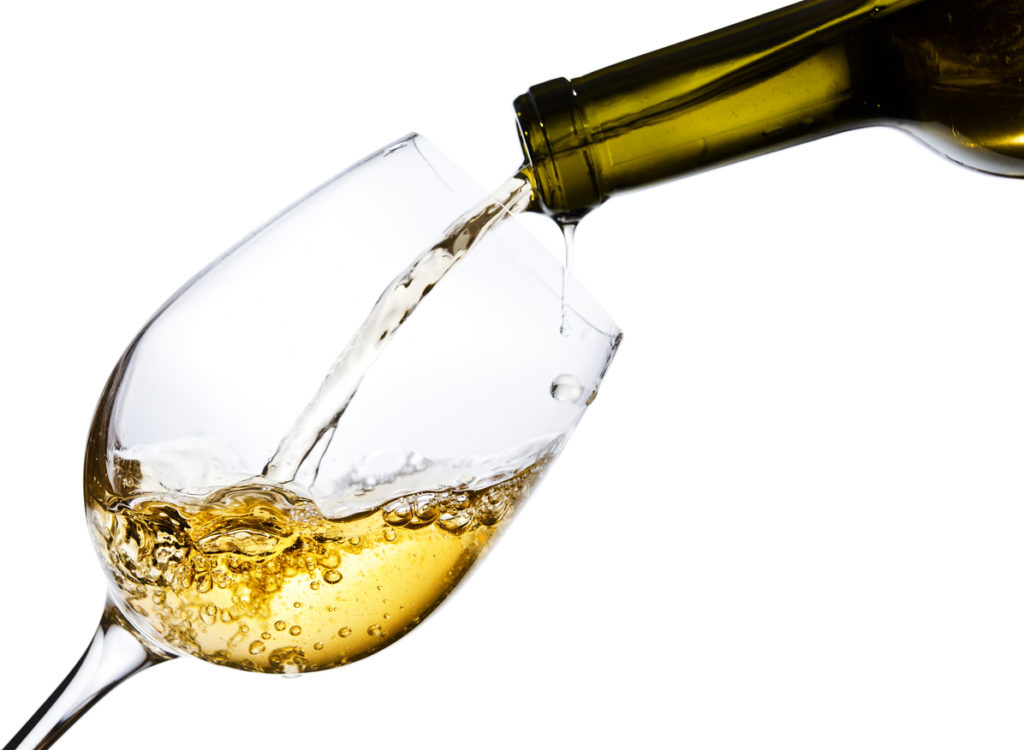
Albariño
Albariño is a distinctive white wine from the cool, rainy region of Galicia in Northwestern Spain. It boasts vibrant acidity and zesty citrus notes while displaying a hint of salinity, making it a perfect partner for seafood.
Vermentino
Vermentino is a crisp, dry white wine native to Italy and Corsica. It offers a pleasing blend of herbaceous, floral, and citrus characteristics. This versatile dry wine is excellent as an aperitif or when paired with light dishes.
Grüner Veltliner
Grüner Veltliner hails from Austria and can be found in varying levels of dryness. Its signature flavors include white pepper, green apple, and citrus notes. This food-friendly wine complements a variety of dishes, particularly those with spicy or bold flavors.
Sancerre
Sancerre is a Sauvignon Blanc-based wine originating from France’s Loire Valley known for its bright acidity, citrus, and mineral characteristics. It pairs well with goat cheese, fish, and salads.
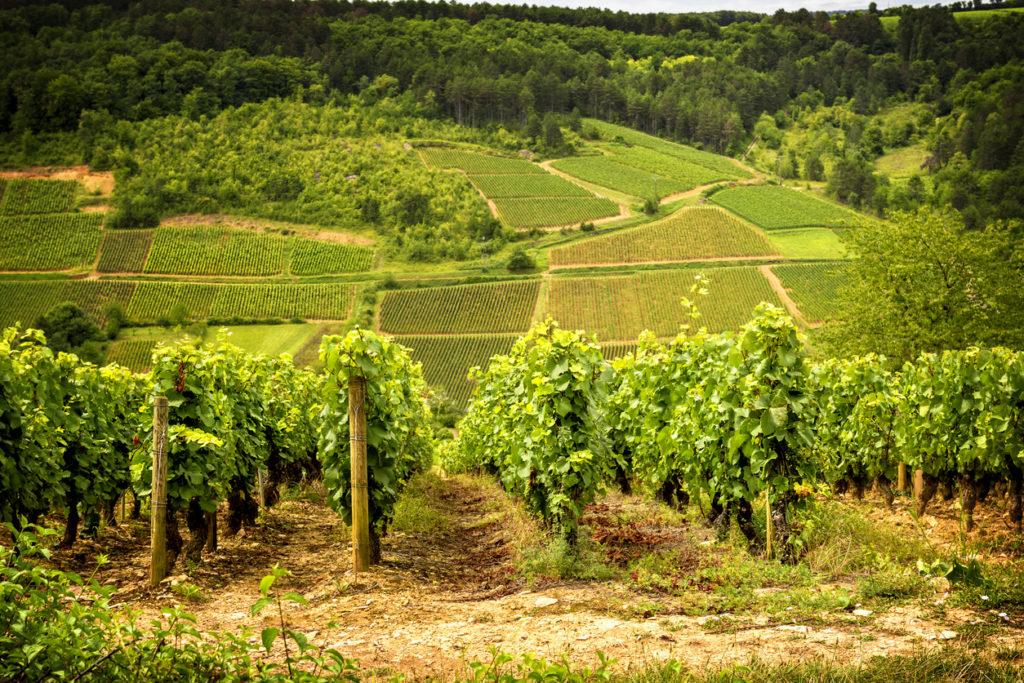
Chablis
Chablis is an unoaked Chardonnay from Burgundy, France. This dry wine is prized for its elegant mineral qualities and crisp acidity, showcasing green apple and citrus flavors. Chablis is an excellent choice for pairing with oysters and shellfish.
Gavi di Gavi
Gavi di Gavi, made from the Cortese grape, is a bright and refreshing white wine from the Piedmont region of Italy. It offers zesty acidity, citrus notes, and a slight mineral backbone, making it a versatile wine for pairing with a range of dishes.
Riesling
Riesling, though often associated with sweeter wines, can also be found in dry styles. Dry Rieslings highlight zesty acidity and notes of green apple, lime, and stone fruit. These wines marry well with spicy cuisine or seafood dishes.

Viognier
Viognier is a full-bodied, aromatic white wine with origins in France’s Rhône Valley. Dry styles of Viognier showcase stone fruit, floral, and subtle spice notes, making it an ideal partner for rich, flavorful dishes.
Fiano
Fiano is an ancient grape variety from Southern Italy, creating dry white wines with a mix of honey, floral, and nutty flavors. Alongside its smooth texture and refreshing acidity, Fiano pairs well with seafood and creamy pasta dishes.
Assyrtiko
Assyrtiko is a robust and mineral-driven white dry wine native to the volcanic island of Santorini, Greece. With hints of citrus and saline, as well as its pronounced acidity, Assyrtiko is well-suited to pairing with fish, shellfish, and Mediterranean dishes.
Food Pairings
Dry white wines offer a versatile selection for pairing with different types of food, enhancing the dining experience. This section will cover seafood and shellfish, light salads, and lean meats as ideal food pairings for these wines.
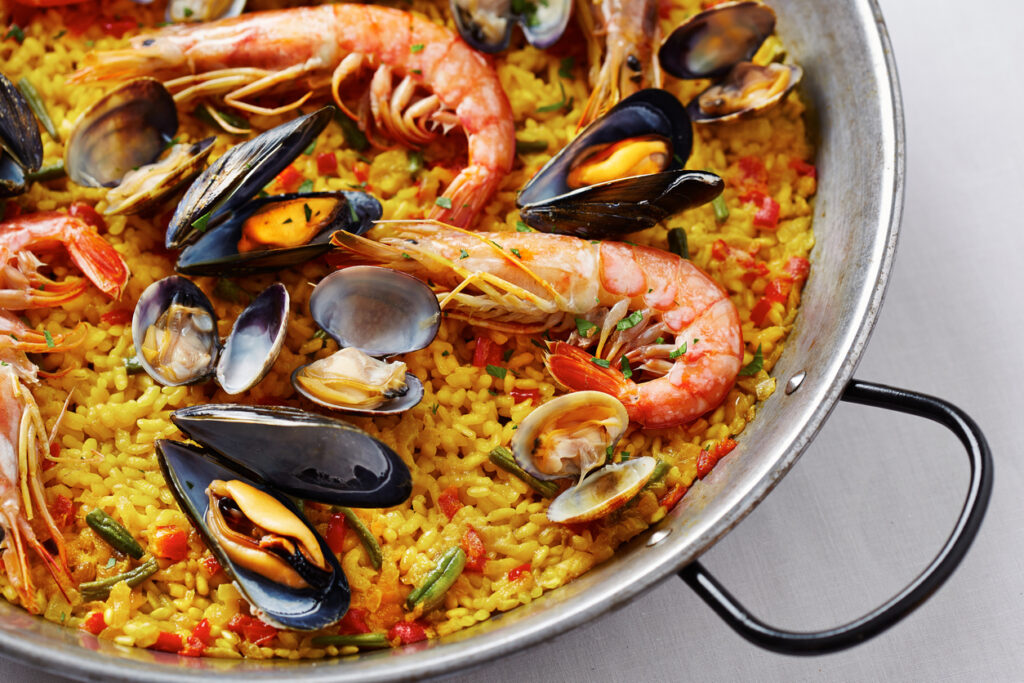
Seafood and Shellfish
Seafood and shellfish are excellent choices for pairing with dry white wines, as their light and delicate flavors complement each other. Some examples of such pairings include:
- White fish with lemon and Sauvignon Blanc
- Shrimp scampi and Chardonnay
- Sushi and Pinot Gris
- Fish tacos and Pinot Grigio
The acidity and crispness of the dry wine help to cut through the richness of the seafood, creating a delightful balance on the palate.
Light Salads
Light salads, particularly those with citrus or vinaigrette dressings, pair nicely with dry white wines. The acidity of the wine complements the fresh and crisp ingredients in the salad. Some recommendations for wine pairings with light salads include:
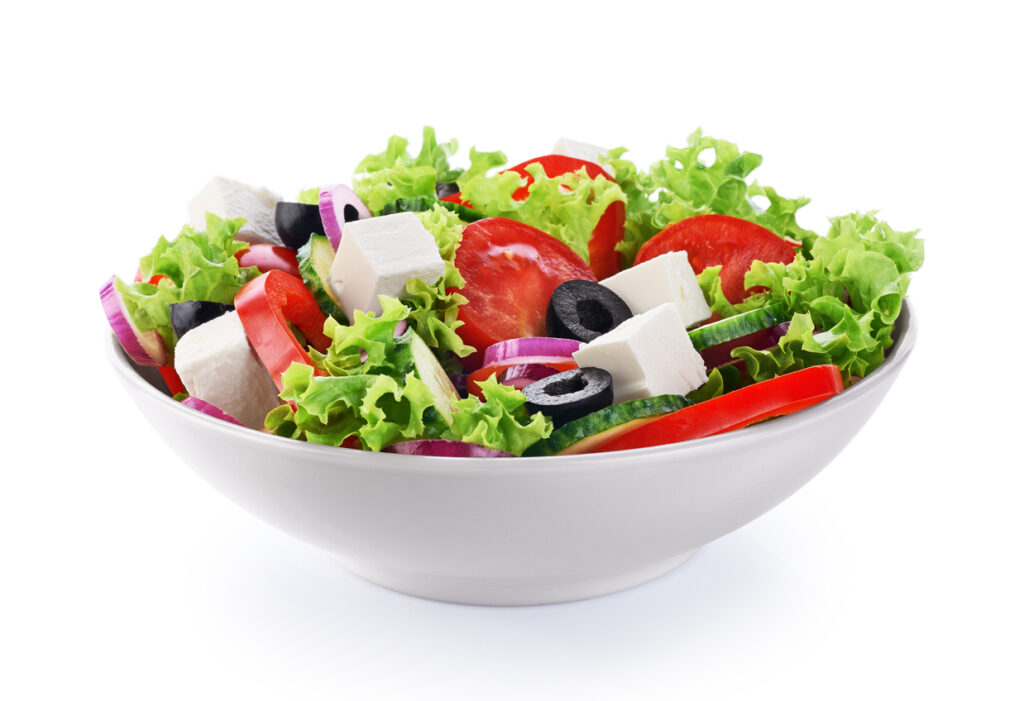
- Green salads with citrus dressing and Sauvignon Blanc
- Caprese salad and Pinot Gris
- Apple and walnut salad with dry Riesling
The dry wine enhances the flavors of the salad, making each bite more enjoyable and refreshing.
Lean Meats
When it comes to lean meats, dry white wines can be the perfect accompaniment, especially for poultry and pork. The wine’s acidity and body help to accentuate the meat’s natural flavors. Some examples of lean meat pairings include:
- Grilled chicken and Chardonnay
- Pork tenderloin and Sauvignon Blanc
- Chicken piccata and Pinot Grigio
These combinations create a harmonious blend of flavors that enhance the overall dining experience.
Decoding Wine Labels
Understanding wine labels can be challenging, especially for those unfamiliar with the world of wines. However, being able to read and comprehend these labels is an essential skill for choosing the perfect dry white wine. This section provides some guidance on how to decode wine labels by identifying key terms and information.
Identifying Key Terms
Wine labels often contain various terms that can help you determine the characteristics of the wine you are considering. These terms may provide clues about the type, sweetness, or taste of the wine itself. Here are some key terms you might find on a wine label:
- Producer / Bottler: This indicates the name of the entity that produced the wine.
- Alcohol by Volume (ABV): Expressed as a percentage (%) of the total volume, this is important to consider when selecting a dry white wine, as higher ABVs often lead to a more robust taste and mouthfeel.
- Volume: This shows the amount of wine in the bottle, generally measured in milliliters (usually 750 mL).
- Dry or Sweetness Indicators: Terms such as sec, seco, secco, trocken, brut, and szaraz indicate a dry style of wine, while semi-dry or semi-sweet terms may also appear on white wine labels.
- Wine Type: Tinto, rotwein, rosso, and rouge signify a red wine, while blanco, bianco, and blanc represent white wines. In the context of dry white wines, look for blanco, bianco, or blanc on the label.
Wine labels may also include information about the wine’s origin, grape variety, or appellation. A better understanding of these terms will allow you to make a more informed decision when selecting a dry white wine.
Build Your Dry White Wine Collection
Building a diverse and enticing dry white wine collection can be a fun and rewarding experience, as you explore various styles and flavors. This section will guide you in selecting wines based on style and offer tips for organizing and storing your collection.
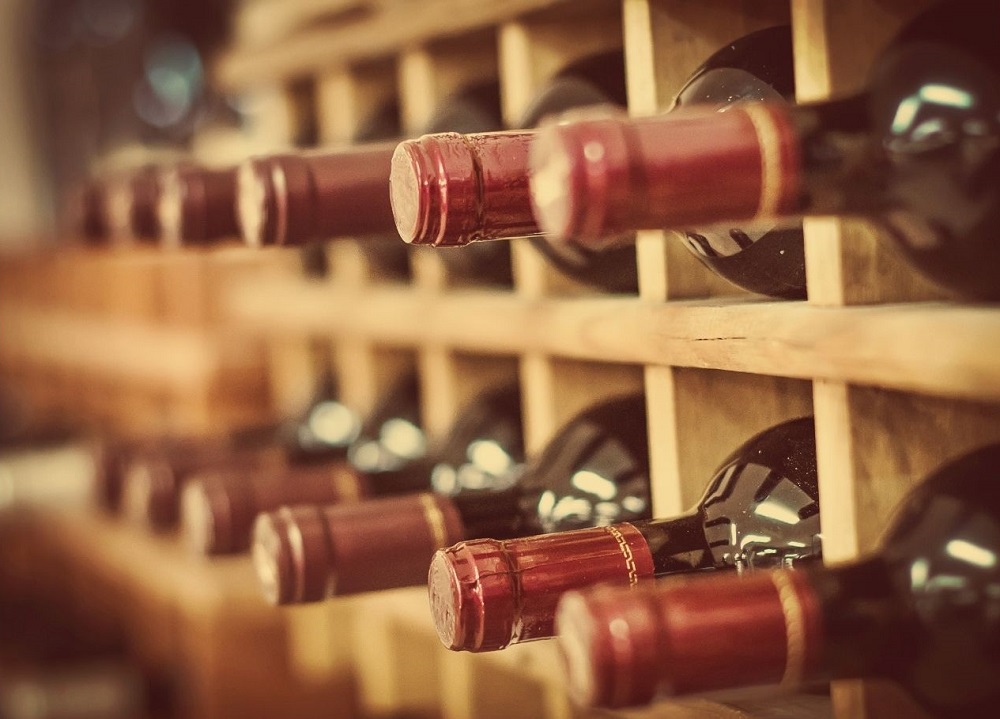
Selecting Wines Based on Style
To create a well-rounded collection, consider including a mix of the following dry white wine styles:
- Chardonnay
- Sauvignon Blanc
- Muscadet
- Albarino (Alvarinho)
- Torrontes
- Riesling
- Pinot Grigio or Pinot Gris
- Pinot Blanc
- Viognier
- Gruner Veltliner
- Semillon
Each of these styles offers unique flavor profiles, making it worthwhile to include a variety of them in your collection. By doing so, you’ll be ready to serve an appropriate wine for any occasion, whether it be a casual dinner party or a fancy celebration.
Storing Your Collection
Properly storing your dry white wines is crucial for preserving their quality and flavor. It’s essential to keep them in a cool, dark environment with a consistent temperature, ideally between 45-55°F (7-13°C).
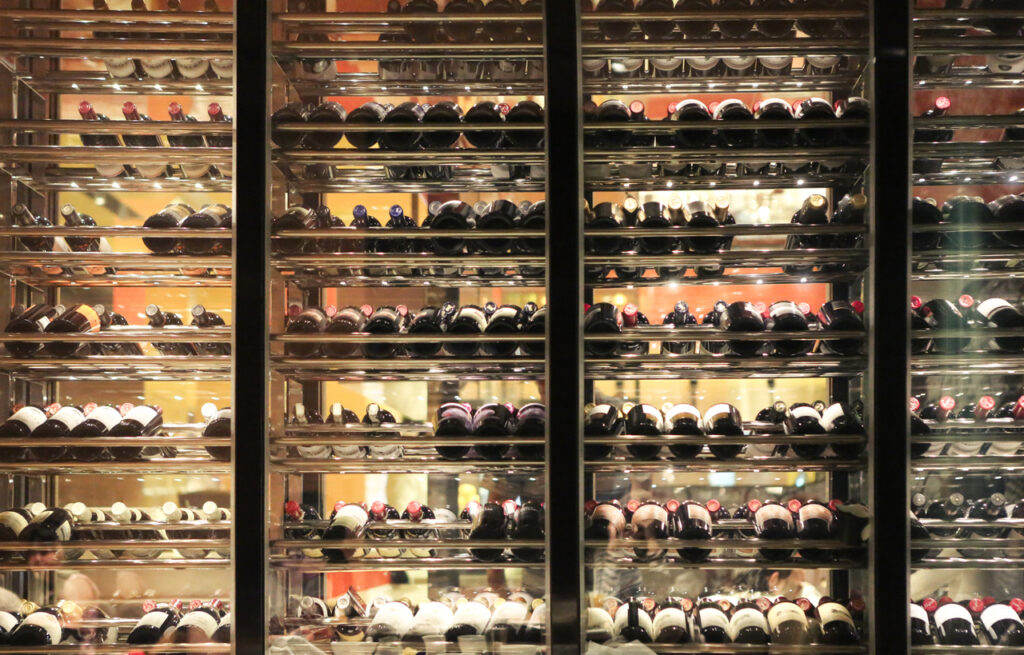
Consider investing in a wine cooler or dedicated storage space for your collection to ensure optimal conditions. Ensure that wines with cork closures are stored horizontally to maintain moisture in the cork and prevent oxidation.
By thoughtfully selecting wines, properly storing your collection, and regularly enjoying your favorite bottles, you’ll enhance your overall wine experience and enjoy the many advantages of having an enticing dry white wine collection at your fingertips.

